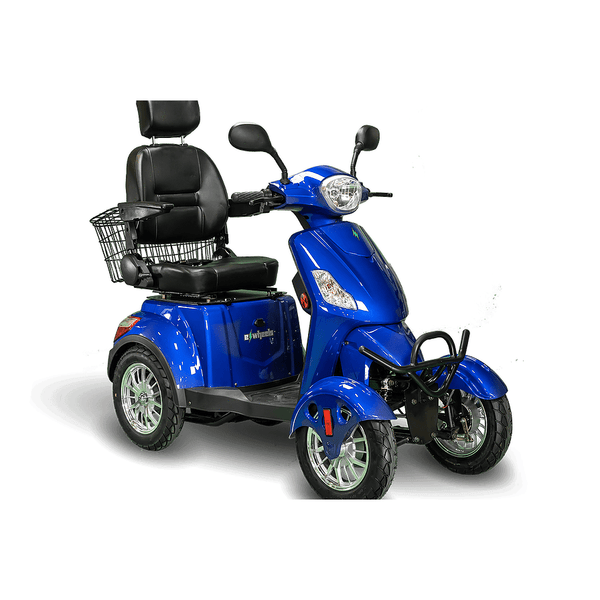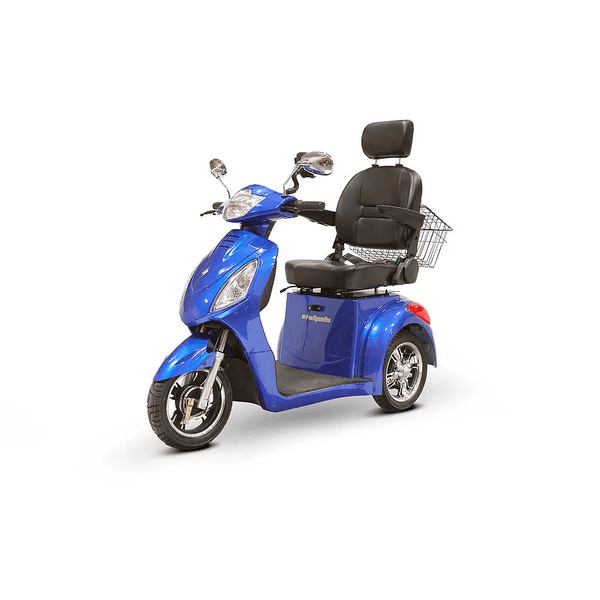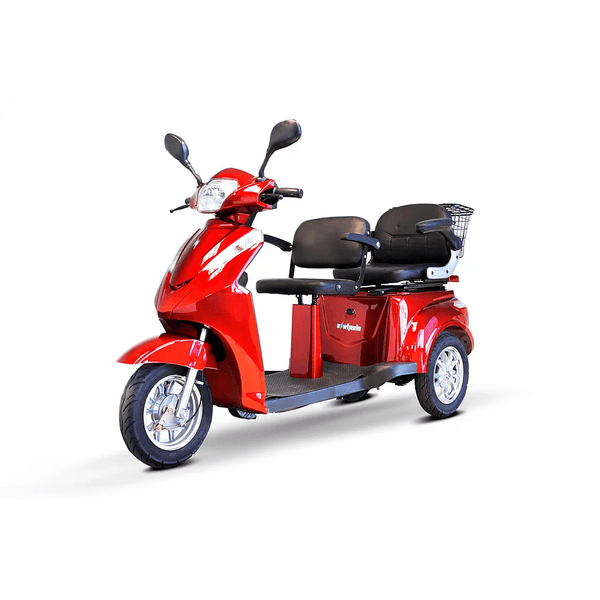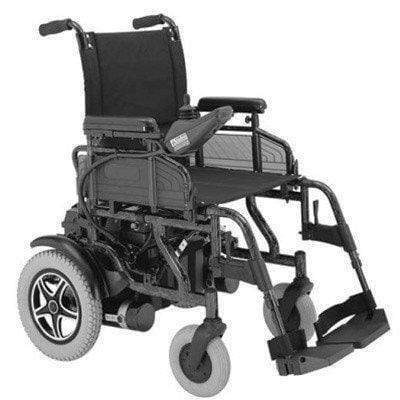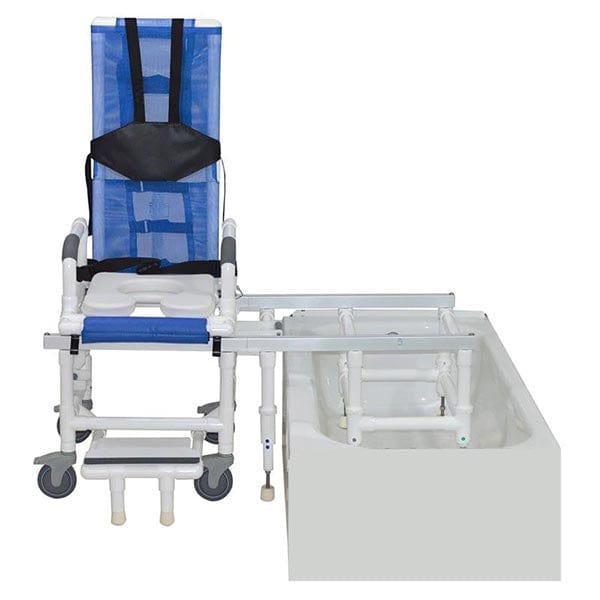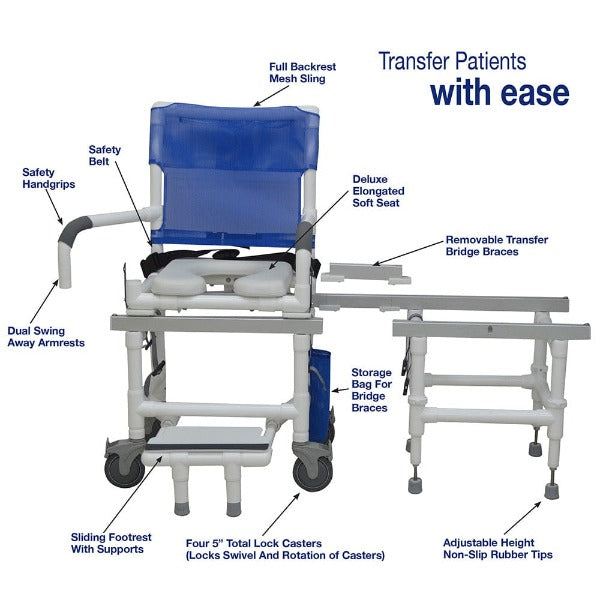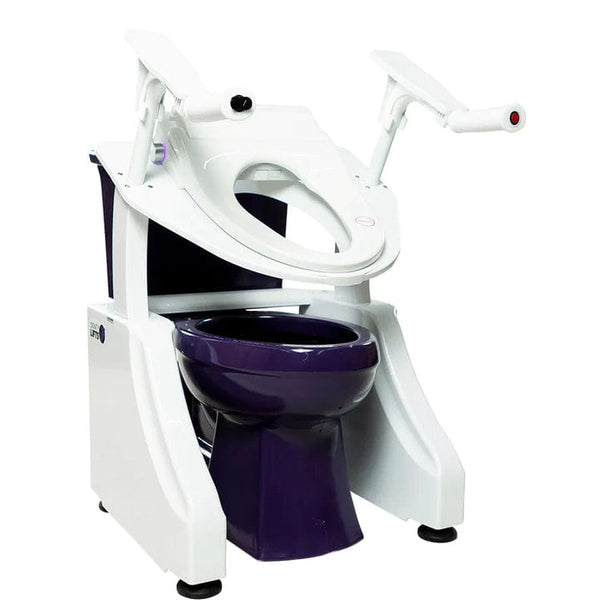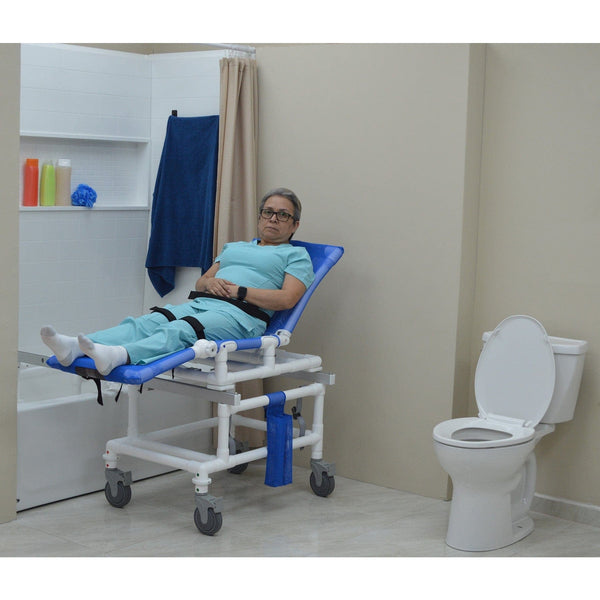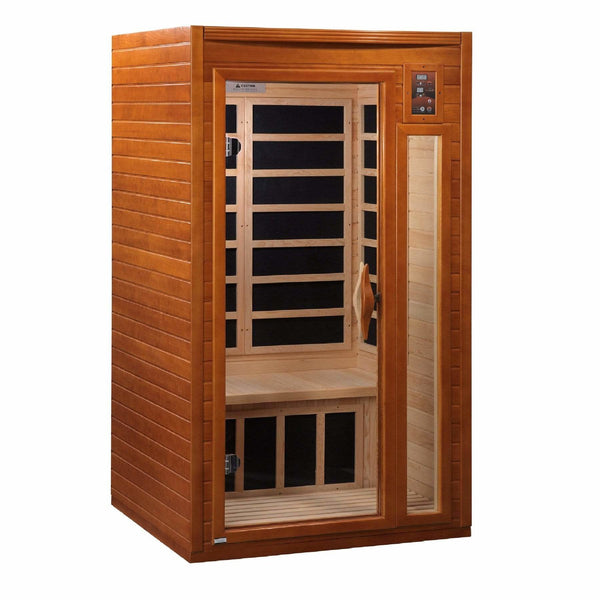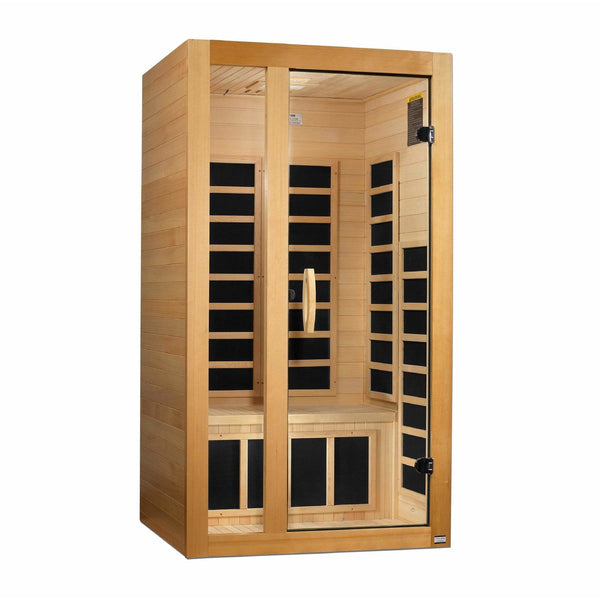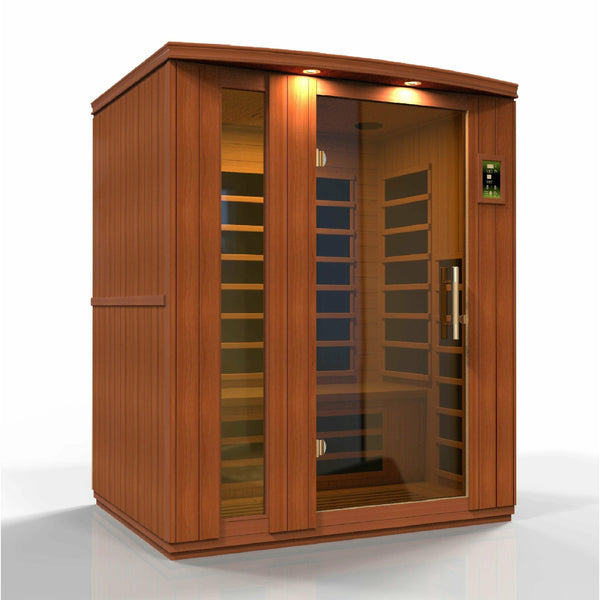There’s no denying that exercise is a great way to stay healthy and active. That said, it's not always easy to get in a good workout.
Whether recovering from an injury or dealing with a permanent condition like cerebral palsy or amputation, restricted mobility can make it challenging to stay physically active and get your heart rate up.
Fortunately, there are plenty of limited mobility exercises to get your fitness fix without going to a gym or hopping on an elliptical machine.
Keep reading to learn more about limited mobility exercises, and how they can help improve your strength and flexibility and prevent muscle wastage.
Top 5 Limited Mobility Exercises
Following are some of the best limited mobility exercises that can be performed in the comfort of your home on a chair or a stability ball, depending on your fitness level and personal preference.
1. Seated Leg Raises
Seated leg raises are an excellent limited mobility exercise that can be performed without exerting additional strain on your body.
This exercise targets the hip flexors and helps strengthen the lower body, including your thighs and abdominal muscles. Since this mobility exercise actively engages biarticular muscles, seated leg raises can help provide support and stability to your hip and knee joints.
Follow these steps to perform this exercise:
- Find a sturdy chair with a backrest and sit down, keeping your back straight and firmly against the backrest.
- Place your feet flat, hip-width apart, with your knees bent at a 90-degree angle.
- Slowly lift your right leg, straightening it before you while keeping your toes pointed upwards. Ensure your thigh is lifted off the chair, but your foot should not be higher than your hip level.
- Hold this position for 1-2 seconds, then slowly lower your leg back to the starting position.
- Repeat the process with your left leg.
If you’re a beginner, aim for 10-12 repetitions on each leg for 20-24 raises. You can perform 2-3 sets with a 30-60 second rest between each set, depending on your fitness level and muscle strength.
As you get stronger and your mobility improves, you can gradually increase the number of sets or add ankle weights for an extra challenge.
2. Wall Push-ups
Wall push-ups are a seriously underrated exercise that helps target your pectoral muscles, triceps, and anterior deltoids, ensuring a full upper-body workout without fancy gym equipment.
Unlike traditional push-ups, which require you to balance yourself on your hands, wall push-ups lets you use the wall as support. This makes the exercise easy for beginners and folks who suffer from joint pain or have limited shoulder mobility.
Besides improving your upper body strength, this low-impact exercise can also help boost muscle endurance and promote better posture.
To perform this simple yet effective exercise, follow the following steps:
- Stand facing a wall with your feet shoulder-width apart.
- Place your palms on the wall at chest level, slightly wider than shoulder-width apart.
- Lean into the wall, bending your elbows and bringing your chest closer to the wall.
- Push back to the starting position, straightening your arms and engaging your chest muscles.
- Complete as many reps as possible.
While performing this exercise, keep your feet flat on the floor and your back straight. Move slowly and steadily through each repetition, maintaining proper form throughout.
You can increase the intensity of this exercise by bringing your feet closer together or increasing the distance between your hands and the wall.
3. Arm Circles
Want to tone your upper body and improve your posture without lifting heavy weights? Try arm circles!
Typically used as a warm-up during strength training, arm circles are a great way to stretch and strengthen your shoulders, as well as improve their range of motion. This can be particularly helpful for individuals suffering from rotator cuffs or frozen shoulders.
To get started, follow these steps:
- Stand with your feet hip-width apart, arms straight out to your sides, palms facing forward.
- Slowly make large circles with both hands, about 6 to 8 inches in diameter. Start with small circles and gradually increase the size as you become more comfortable with the movement.
- Continue making the circles for 30 seconds before resting.
The best part about this exercise is that since it's so simple, you can do it virtually anywhere —while waiting in line or watching TV. You can also combine it with wall push-ups and arm punches to turn it into a full-body workout.
4. Seated Marching
Seated marching might sound like something that happens at a parade, but it’s actually a great way to add a fun twist to your workout routine.
This movement targets the quadriceps and hip flexors, promoting better circulation and strengthening your leg muscles, as well as improving balance and coordination.
Follow these steps to perform this exercise:
- Sit on the edge of a chair or a flat bench with your feet flat on the ground and your knees bent at a 90-degree angle. Place your hands on your thighs or hold onto the sides of your chair for support.
- Slowly lift your right foot off the ground, engaging your core and using your left leg as support. Hold this position for three to five seconds before slowly lowering your right foot back onto the ground.
- Repeat with your left foot, then continue alternating legs until you’ve completed 10 reps on each side.
You can also mix things up by adding in other chair exercises, such as seated leg extensions, seated twists, or chair dips, to create a full-body workout routine.
5. Calf Stretches
If you have a calf muscle strain, experts recommend rest, ice, compression, and elevation (RICE) alongside gentle stretching to promote healing (via Cleveland Clinic).

Calf stretches can be performed in several positions, including standing and sitting. Though it’s best to start with seated calf stretches that target the gastrocnemius muscle group. This will help alleviate muscle tightness and increase blood flow to your lower leg muscles.
To do a seated calf stretch, follow these steps:
- Sit on the edge of a chair with your feet flat on the floor.
- Grab a resistance band or a towel and wrap it around the ball of your foot.
- Pull gently on the band or towel until you feel a slight pulling sensation in your calves — but not pain.
- Ensure your knees remain straight during all stretches, and never lock them into place.
- Hold this position for 15 to 30 seconds before slowly releasing the tension and repeating it for two to four sets.
Benefits of Limited Mobility Exercises
Following are some of the too benefits of incorporating limited mobility exercises into your fitness routine:
1. Improved Strength and Balance
As people age or suffer from inflammatory conditions like arthritis, studies show that their muscle strength and balance can decline, resulting in an increased risk of falls and injuries.
Limited mobility exercises target some of the largest muscle groups, including the glutes, quadriceps, hamstrings, and calf muscles, ultimately improving balance and increasing strength.
This can be especially beneficial for individuals who have undergone hip or knee replacement surgery and cannot perform exercises requiring a full range of motion without experiencing pain.
2. Increased Joint Mobility and Flexibility
According to the Centers for Disease Control and Prevention, osteoarthritis, rheumatoid arthritis, and physical injuries can cause joint inflammation and muscle stiffness, significantly limiting joint mobility and flexibility.
Engaging in low-impact, range-of-motion exercises can help maintain and even improve joint function, allowing for better mobility.
3. Improved Cardiovascular Health
Limited mobility can make it difficult for individuals to engage in traditional aerobic exercises, increasing the risk of cardiovascular issues.
Studies show that seated or low-impact exercises can still help raise the heart rate, dilate blood vessels, and improve blood circulation, contributing to better cardiovascular health and reducing the risk of heart disease.

4. Reduced Pain and Stiffness
Chronic pain and stiffness, often caused by conditions like fibromyalgia and multiple sclerosis, can impede mobility and daily activities.
Research shows that limited mobility exercises, including gentle stretching and strengthening routines, can help alleviate pain and stiffness by promoting blood flow, enhancing flexibility, and improving overall muscle function.
Best Limited Mobility Exercises: The Takeaway
The best limited mobility exercises can help improve your range of motion, prevent injury, and reduce pain and stiffness. Even if you have limited mobility in, say, your calf, for instance, regularly performing limited mobility exercises like calf stretches can help prevent further loss of your muscle tissue, aka muscle atrophy.
When you're working out at home, it's essential to have high-quality exercise equipment that will help you get the most out of your fitness routine. At Mobility Paradise, we offer various products to help you improve your strength, endurance, and flexibility.
Besides gym essentials, we also deal in different mobility aids such as walkers, mobility scooters, and electric wheelchairs to help you easily get around. If you have any questions about our products or any other concerns, feel free to get in touch with our team.




